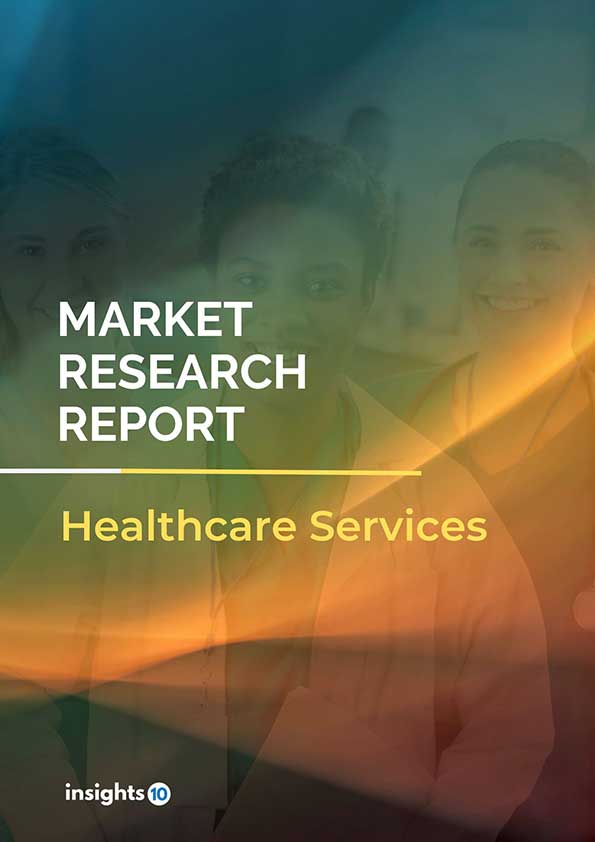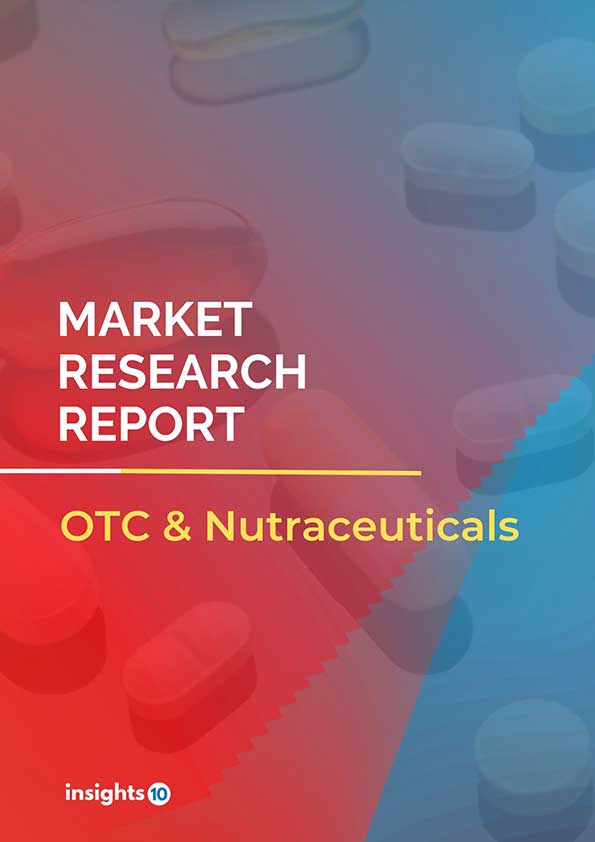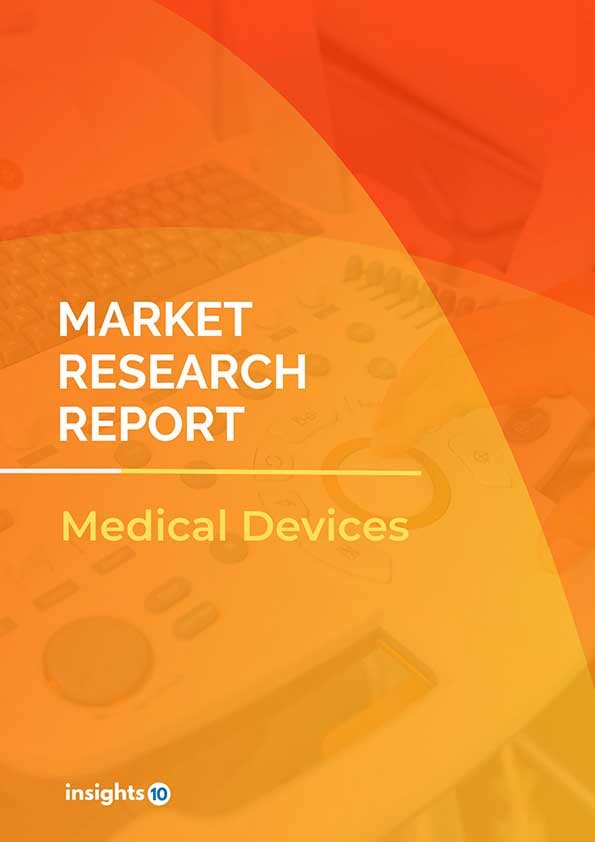Mexico Blood Disorder Therapeutics Market
Mexico Blood Disorder Therapeutics Market valued at $201 Mn in 2022, projected to reach $365 Mn by 2030 with a 7.75% CAGR. Growth in the market is being driven by Mexico's increasing prevalence of age-related blood diseases, unmet medical needs of the population as well as improvements in treatments like gene and targeted therapy. The Mexico Market encompasses various players across different segments, including Takeda, Sanofi, CSL Ltd, Pfizer, Celgene Corporation, Alexion Pharmaceuticals, Amgen, Laboratorios Grin, PiSA Pharmaceutical Company, Genomma Lab Internacional, etc, among various others.
Buy Now

Mexico Blood Disorder Therapeutics Market Executive Summary
Mexico Blood Disorder Therapeutics Market valued at $201 Mn in 2022, projected to reach $365 Mn by 2030 with a 7.75% CAGR.
Blood diseases are illnesses that impact the red, white, platelets, plasma, and white blood cells that make up blood. These conditions can be inherited or acquired, and they can be malignant or non-malignant. Many symptoms, such as bleeding, clotting, anemia, and weariness, can be brought on by blood problems. There are several different causes; some are hereditary, while others result from underlying medical issues or outside influences. The degree and kind of the ailment determine the available treatment choices for blood diseases. While some may not need therapy, others would need constant monitoring and medication. Bone marrow transplants, stem cell transplants, infusion therapy, drugs, blood transfusions, and chemotherapy are among the available treatment options. Blood-component therapy, such as platelet transfusions or clotting factors, may be necessary for bleeding disorders like hemophilia, whereas medications that prevent the development of clots may be used to treat clotting-related illnesses. Treatments for blood disorders have recently advanced thanks to developments in gene treatments, blood component therapies, bone marrow transplants, immune therapy, and other areas.
While the frequency of chronic myeloid leukemia (CML) appears to be comparable to that of Caucasian populations, the incidence of acute lymphoblastic leukemia (ALL) in Mexico is reported to be greater than the worldwide average. In Mexico, hemophilia affects more than 5,000 people.
Growth in the market is being driven by Mexico's increasing prevalence of age-related blood diseases, unmet medical needs of the population as well as improvements in treatments like gene and targeted therapy.
In Mexico, Takeda has a wide range of products that address blood disorders, including hemophilia, ITP, and uncommon blood illnesses. Sanofi is well-established and has a wide range of products, especially in markets for thrombocytopenia and anemia. Leading the way in plasma-derived therapeutics, CSL Ltd is essential to the treatment of hemophilia. Significant shares are held by Mexican pharmaceutical businesses such as Laboratorios Grin and PiSA Pharmaceuticals in specific sub-segments.
Market Dynamics
Market Growth Drivers
Growing Burden of Blood Illnesses: It is anticipated that the aging of the Mexican population will lead to an increase in the prevalence of age-related blood illnesses such as myeloproliferative neoplasms and anemia. A greater risk of some blood diseases, such as diabetes-associated anemia and blood coagulation problems connected to cardiovascular disease, can be attributed to dietary and physical activity changes. More blood problems are being discovered and treated as a result of improved knowledge and availability of diagnostic technologies, which is driving market growth.
Improvements in Available Treatments: The creation of gene therapies, targeted therapies, and other cutting-edge medicines for different blood diseases gives patients fresh hope and propels the industry. More effective therapies result from personalized medicine strategies based on unique genetic markers and disease subtypes, which open up new avenues for the development of novel medications and diagnostics. More people may be able to receive therapy and market penetration as more reasonably priced biosimilars and generic versions of well-known blood disorder medications become available.
Unmet Medical Needs: Despite progress, there are still obstacles to getting access to all available therapies, especially for expensive medications and uncommon blood diseases. To provide even more efficient and reasonably priced medicines for all kinds of blood problems, research must continue.
Market Restraints
Healthcare System Limitations: Despite increased access to healthcare, there are still gaps in the availability of advanced therapies and specialized hematological care, especially for low-income and rural populations. Even for individuals with coverage, the intricate, multi-tiered healthcare system can impede effective service delivery and access to necessary prescriptions. Hematologists and other specialist healthcare workers are in short supply, which can lead to delays in diagnosis, treatment, and aftercare.
Pricing and Affordability Problems: Biologics and gene therapies, among other cutting-edge treatments for blood diseases, might be too costly for many patients, even with insurance coverage. Patients may incur additional costs as a result of public health insurance not covering all necessary prescriptions or having stringent reimbursement restrictions. Inconsistencies in pricing and reimbursement procedures can lead to uncertainty and erode public confidence in the healthcare system.
Social and Cultural Barriers: Patients may be discouraged from obtaining a diagnosis and treatment due to the stigma associated with specific blood diseases, especially those that are thought to be communicable or incapacitating. There may be a dearth of public knowledge on blood diseases and the alternatives for treatment, especially in underprivileged areas. Instead of obtaining standard medical care, some patients can rely on complementary or alternative therapies, which could cause treatment to be delayed or complicated.
Healthcare Policies and Regulatory Landscape
The Secretariat of Health (Spanish: Secretaría de Salud) in Mexico is the governing body responsible for overseeing several elements of health services, such as drug and medical device regulation, as well as national health policy. The General Health Law governs the import and export of food and medical supplies. The division of the organization that handles medical device importation and grants advertising permissions for these goods is called COFEPRIS, or the Federal Committee for Protection from Sanitary Risks (Comisión Federal para la Protección contra Riesgos Sanitarios). COFEPRIS regulates and monitors the whole life cycle of pharmaceuticals and health-related products to protect public health. The organization uses a thorough strategy that consists of quality control procedures, post-market monitoring, and pre-market assessments. It assesses new drug registration applications to make sure they pass strict requirements and are ready for distribution. To ensure adherence to health rules, the regulatory authority also keeps an eye on the pharmaceutical businesses' production, distribution, and marketing methods. To improve information sharing and best practices, COFEPRIS is dedicated to working with other regulatory agencies on a worldwide scale and aligning its operations with international standards. The Mexican people will eventually have faster access to safe and effective medications because of the agency's efforts to harmonize regulatory procedures.
Competitive Landscape
Key Players:
- Takeda
- Sanofi
- CSL Ltd
- Pfizer
- Celgene Corporation
- Alexion Pharmaceuticals
- Amgen
- Laboratorios Grin
- PiSA Pharmaceutical Company
- Genomma Lab Internacional
1. Executive Summary
1.1 Disease Overview
1.2 Global Scenario
1.3 Country Overview
1.4 Healthcare Scenario in Country
1.5 Patient Journey
1.6 Health Insurance Coverage in Country
1.7 Active Pharmaceutical Ingredient (API)
1.8 Recent Developments in the Country
2. Market Size and Forecasting
2.1 Epidemiology of Disease
2.2 Market Size (With Excel & Methodology)
2.3 Market Segmentation (Check all Segments in Segmentation Section)
3. Market Dynamics
3.1 Market Drivers
3.2 Market Restraints
4. Competitive Landscape
4.1 Major Market Share
4.2 Key Company Profile (Check all Companies in the Summary Section)
4.2.1 Company
4.2.1.1 Overview
4.2.1.2 Product Applications and Services
4.2.1.3 Recent Developments
4.2.1.4 Partnerships Ecosystem
4.2.1.5 Financials (Based on Availability)
5. Reimbursement Scenario
5.1 Reimbursement Regulation
5.2 Reimbursement Process for Diagnosis
5.3 Reimbursement Process for Treatment
6. Methodology and Scope
Mexico Blood Disorder Therapeutics Market Segmentation
By Disorder:
- Anemia
- Hemophilia
- Leukemia
- Myeloma
- Lymphoma
- Rare blood disorders
By Product Type
- Plasma-derived therapeutics
- Recombinant therapeutics
- Gene therapy
- Other therapies
By End User
- Hospitals
- Specialty clinics
- Ambulatory care
- Home healthcare
Methodology for Database Creation
Our database offers a comprehensive list of healthcare centers, meticulously curated to provide detailed information on a wide range of specialties and services. It includes top-tier hospitals, clinics, and diagnostic facilities across 30 countries and 24 specialties, ensuring users can find the healthcare services they need.
Additionally, we provide a comprehensive list of Key Opinion Leaders (KOLs) based on your requirements. Our curated list captures various crucial aspects of the KOLs, offering more than just general information. Whether you're looking to boost brand awareness, drive engagement, or launch a new product, our extensive list of KOLs ensures you have the right experts by your side. Covering 30 countries and 36 specialties, our database guarantees access to the best KOLs in the healthcare industry, supporting strategic decisions and enhancing your initiatives.
How Do We Get It?
Our database is created and maintained through a combination of secondary and primary research methodologies.
1. Secondary Research
With many years of experience in the healthcare field, we have our own rich proprietary data from various past projects. This historical data serves as the foundation for our database. Our continuous process of gathering data involves:
- Analyzing historical proprietary data collected from multiple projects.
- Regularly updating our existing data sets with new findings and trends.
- Ensuring data consistency and accuracy through rigorous validation processes.
With extensive experience in the field, we have developed a proprietary GenAI-based technology that is uniquely tailored to our organization. This advanced technology enables us to scan a wide array of relevant information sources across the internet. Our data-gathering process includes:
- Searching through academic conferences, published research, citations, and social media platforms
- Collecting and compiling diverse data to build a comprehensive and detailed database
- Continuously updating our database with new information to ensure its relevance and accuracy
2. Primary Research
To complement and validate our secondary data, we engage in primary research through local tie-ups and partnerships. This process involves:
- Collaborating with local healthcare providers, hospitals, and clinics to gather real-time data.
- Conducting surveys, interviews, and field studies to collect fresh data directly from the source.
- Continuously refreshing our database to ensure that the information remains current and reliable.
- Validating secondary data through cross-referencing with primary data to ensure accuracy and relevance.
Combining Secondary and Primary Research
By integrating both secondary and primary research methodologies, we ensure that our database is comprehensive, accurate, and up-to-date. The combined process involves:
- Merging historical data from secondary research with real-time data from primary research.
- Conducting thorough data validation and cleansing to remove inconsistencies and errors.
- Organizing data into a structured format that is easily accessible and usable for various applications.
- Continuously monitoring and updating the database to reflect the latest developments and trends in the healthcare field.
Through this meticulous process, we create a final database tailored to each region and domain within the healthcare industry. This approach ensures that our clients receive reliable and relevant data, empowering them to make informed decisions and drive innovation in their respective fields.
To request a free sample copy of this report, please complete the form below.
We value your inquiry and offer free customization with every report to fulfil your exact research needs.











































